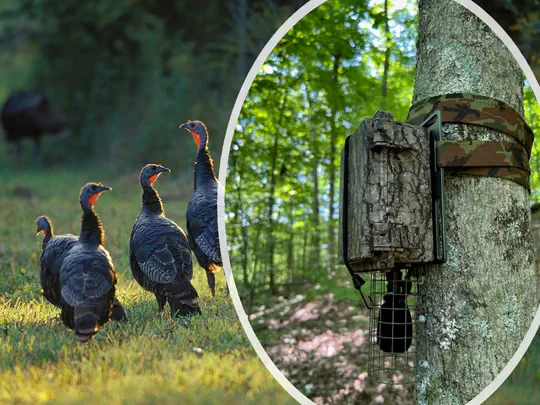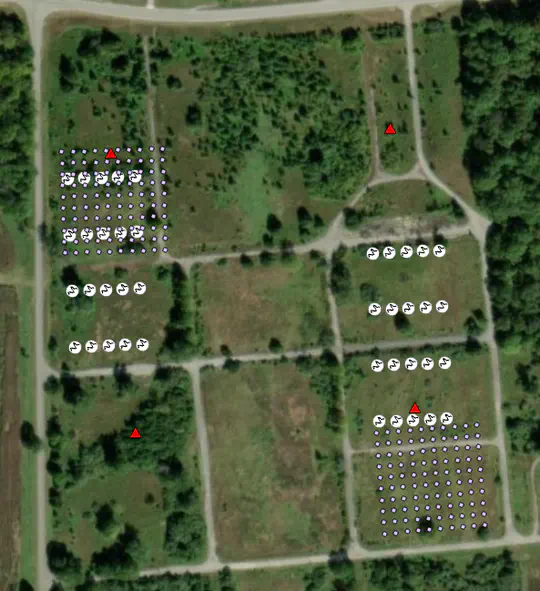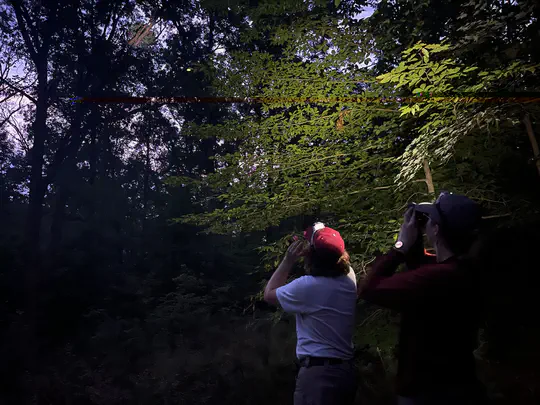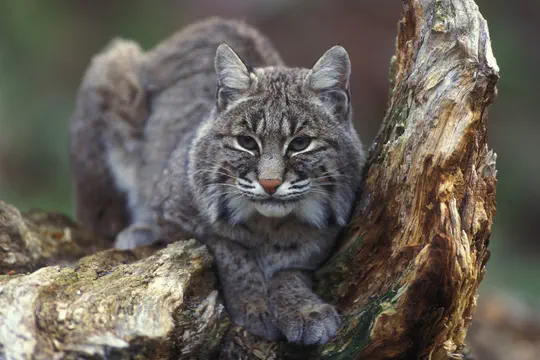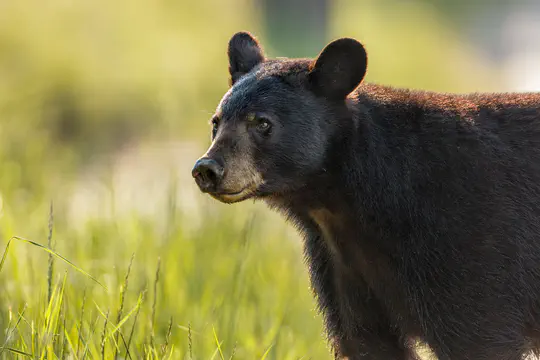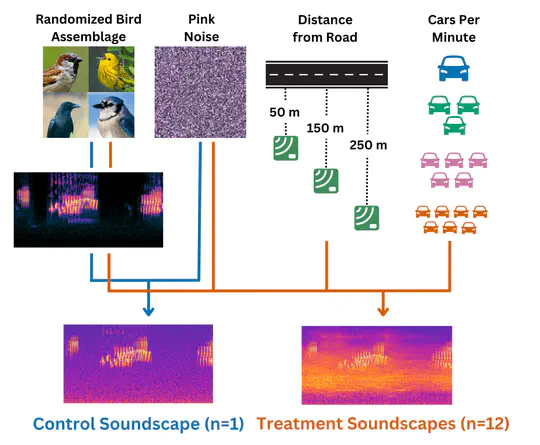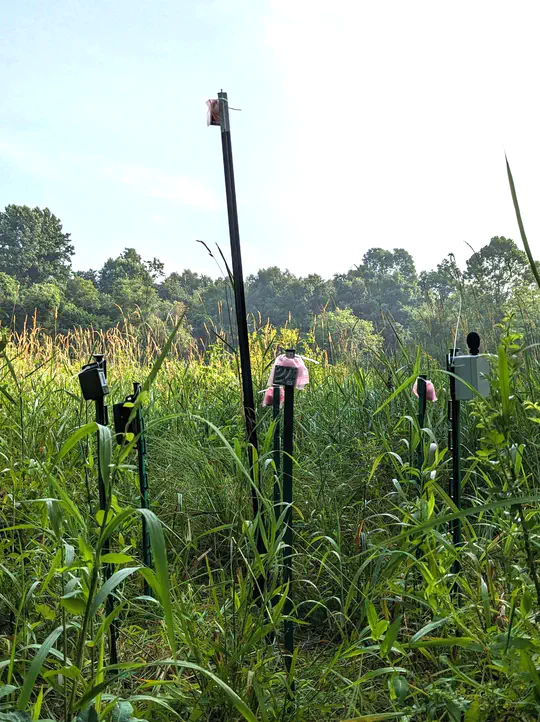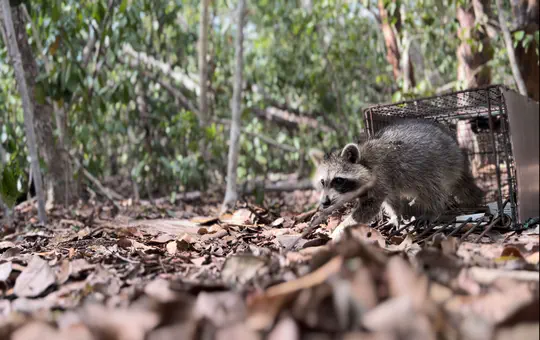Research
Research Projects within the PEASE Lab
.js-id-CP
Wild turkey populations are a valued resource in Illinois, providing both recreational opportunities and ecological benefits. However, effective management of these populations requires balancing hunter satisfaction with sustainable harvest strategies to ensure long-term population viability.
Historically, most efforts to sustain wildlife populations have been invested into restoring wildlands on public property. Both federal and state conversation agencies now recognize this effort is inadequate and have increased efforts in restoring and conserving wildlands on private properties.
Current PhD student in the group, Haley Holiman, is leading research on using ARUs to estimate density of birds, with a primary focus on eastern whip-poor-wills in managed forests. Forest management aimed at promoting oak and hickory regeneration is prevalent in the Central Hardwoods Region of the United States.
The Missouri Swamp Rabbit Project is a collaboration between Southern Illinois University-Carbondale and the Missouri Department of Conservation (MDC) and is led by M.S. student Kylie Bosch. Not to be confused with the marsh rabbit (S.
The North-Central Illinois Bobcat project is a collaboration between Southern Illinois University at Carbondale and the Illinois Department of Natural Resources, and is lead by a team of PhD students, Ellen Audia and Katie Buckman, across three research groups at SIU.
Kelsee Dodd, past undergraduate researcher in the Pease Lab, led a fun project assessing whether open-access biodiversity databases such as iNaturalist could provide more than just species occurrence records to the wildlife research community.
Passive acoustic monitoring (PAM) is a sampling technique that has gained increasing popularity in the field of wildlife monitoring and research. The technique involves the deployment of programmable ARUs, allowing for non-invasive and cost-effective collection of acoustic information across a breadth of temporal and spatial scales.
We have several ongoing projects within the lab testing and comparing ARU performance across hardware models. We additionally have been exploring several approaches for efficiently using BirdNET Analyzer, and how to best optimize BirdNET Analyzer for different targeted uses.
The Key Largo mesopredator project is a collaboration between Southern Illinois University, the North Carolina Museum of Natural Sciences, and the U.S. Fish & Wildlife Service, and led by MS Student Kelly Crandall.
The Eastern Whip-poor-will and the Chuck-will’s-widow are two bird species in the Nightjar family most often recognized by their charismatic calls. In the Illinois Wildlife Action Plan, both species were identified as species of high interest for their long-term decline largely due to reductions in their prey populations (mostly moths and beetles) and habitat loss.
The southern Illinois bird monitoring project seeks to document the presence/absence of bird species throughout southern Illinois using Autonomous Recording Units (ARUs). During May - July 2022, we deployed sound recording devices at over 150 different locations spanning the 11 southernmost Illinois counties, resulting in over 2 Terabytes (about half a million minutes) of recordings.
